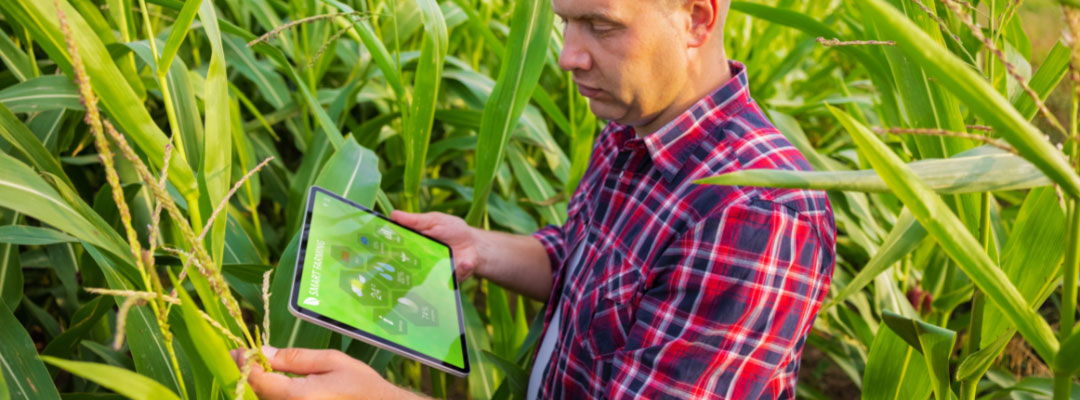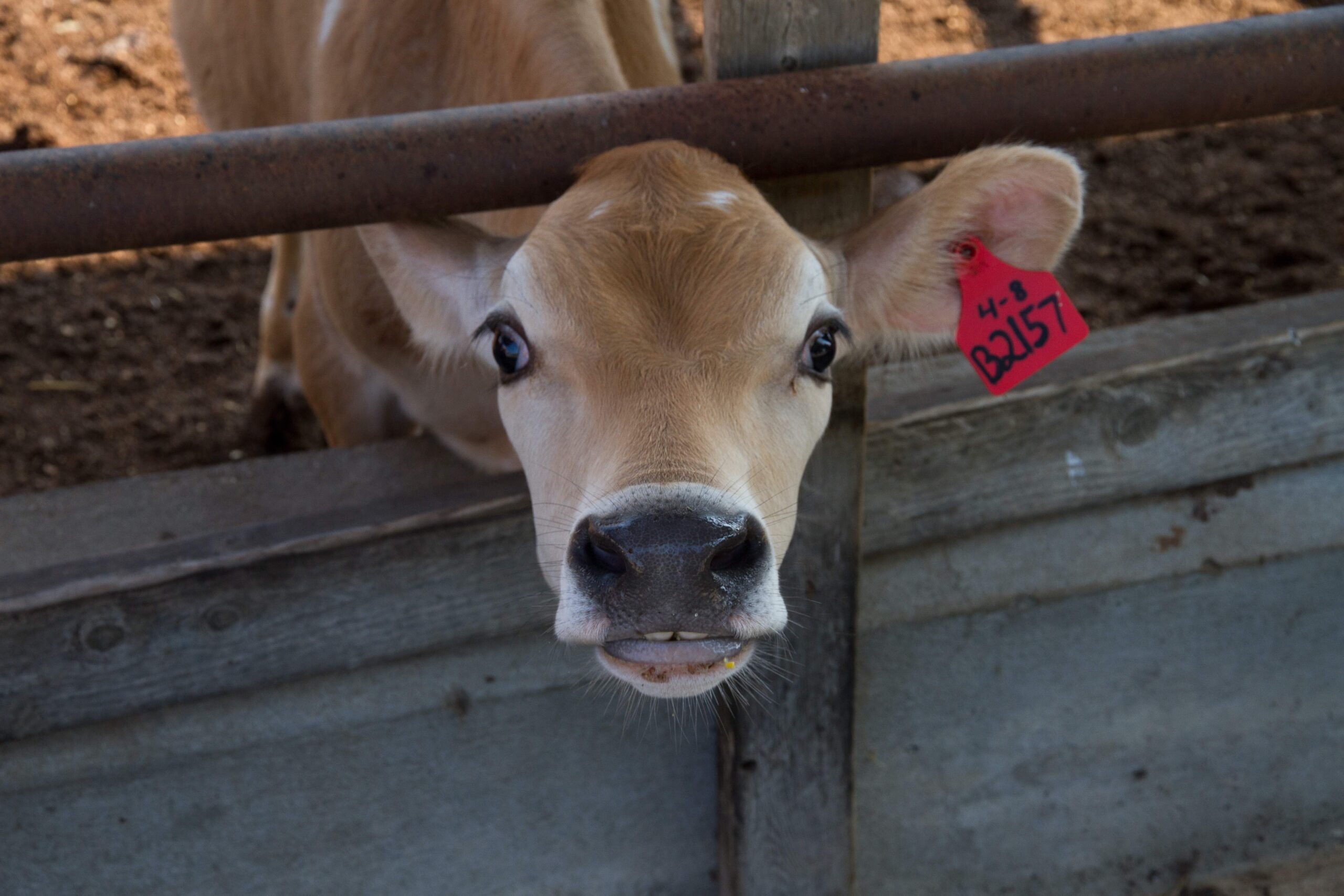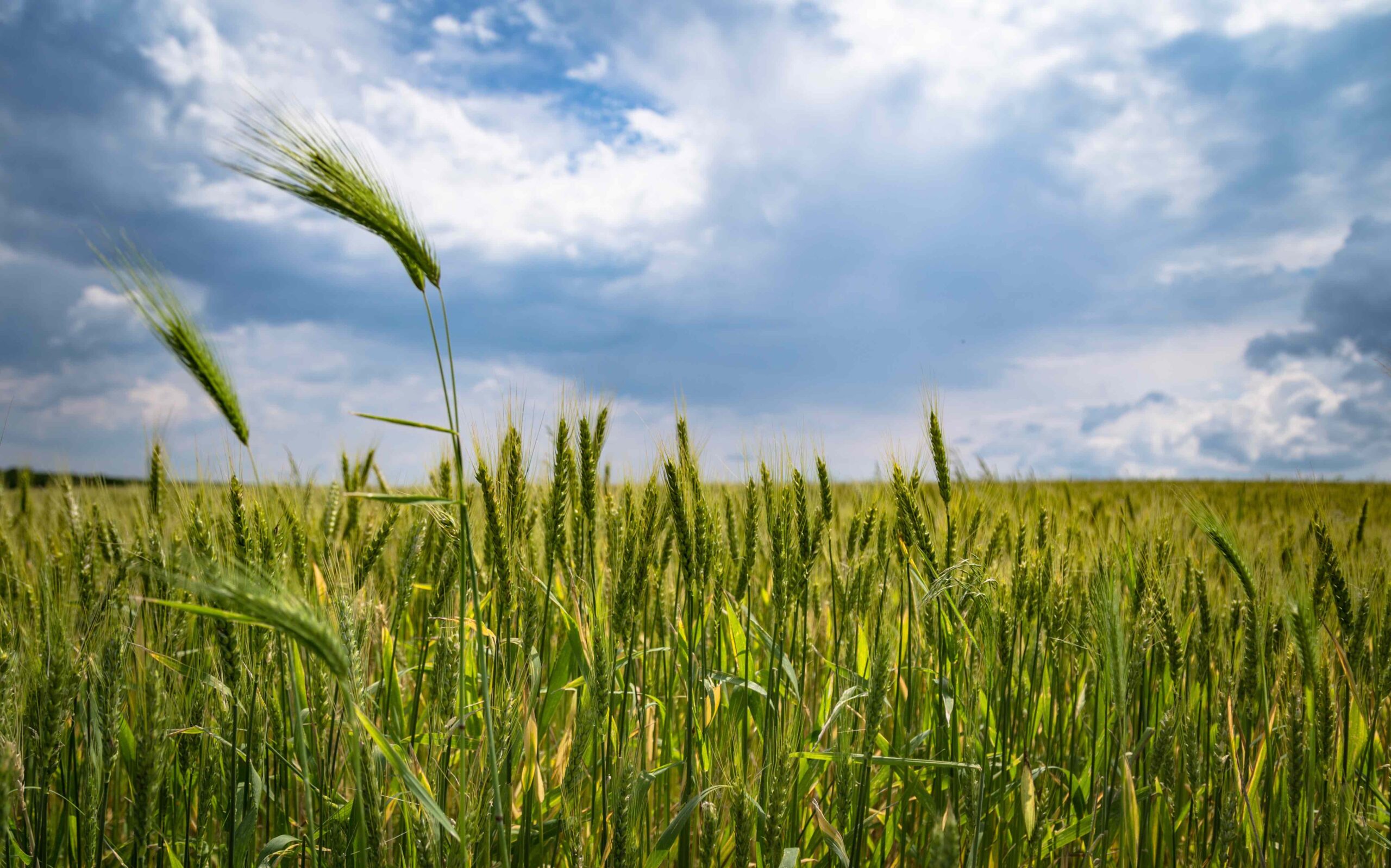Based on H-2A utilization trends over the past two decades, the increase in its patronage has been more significant in farms that are more labor-intensive and with high demand for seasonal labor. Specifically, these sectors include fruit, tree nut, vegetable, melon, nursery, tobacco, and greenhouse farms. According to USDA’s Economic Research Service (ERS), H-2A employment statistics across farm enterprises indicate that crop farms accounted for 80 to 90 percent of H-2A workers hired since 2010, while livestock farms accounted for only 4 to 8 percent (Castillo et al., 2021). Table 1 presents figures from more recent years that validate the ERS estimates. Focusing solely on more explicit farm job titles declared in H-2A applications, workers in crop farms, nurseries, and greenhouses accounted for 84.7 to 88.2 percent of certified H-2A workers from 2020 to the 3rd quarter of 2023. The share of workers in livestock farms, ranches, and aquaculture/animal-based businesses ranges from 4.0 to 4.8 percent.
The geographic distribution and growth of employment of H-2A workers in the country has been quite uneven since its inception. Recently, the Southeast posted larger swings in H-2A patronage than other regions. In 2007, about a third (34%) of H-2A workers were hired mainly in 5 states–California, Florida, Georgia, North Carolina, and Washington. These states now account for more than half (52%) of all H-2A jobs.
In Table 1, Southern states that rank among the Top Ten in H-2A employment account for 26.4 to 30.8 percent of all certified H-2A workers. These states (especially Florida and Georgia) have large fruit, vegetable, nursery, and greenhouse sectors that account for the bulk of the demand for H-2A workers. The composition of the usual Top Five H-2A state employers list and the regional trends (Table 1) only validate the program’s apparent crop sector bias.
The low H-2A employment in livestock farms can be attributed to these farms’ production cycle and unique labor needs. Compared to specialty crop farms, livestock operations are generally less labor intensive. Furthermore, livestock operations that do have more intense labor requirements typically have year-round labor needs that cannot be filled by seasonal, temporary H-2A work contracts. The current H-2A model clearly emphasizes its role as a mechanism for hiring seasonal and temporary workers to fill a need only during short time segments of the production or growing cycle. Existing H-2A regulations allow for initial employment or extension of employment for a maximum duration of one year. Therefore, farmers face the challenge of recruiting and training (often at a significant cost) new workers every year instead of retaining their workforce from year to year. Among livestock farms, this lack of farm labor continuity causes uncertainty and inefficiencies in farm management, which affects the viability of employing H-2A workers in those operations.
Table 1. Annual Industry and Regional Breakdown of H-2A Certified Workers, 2020 (3rd Quarter)

1 These workers’ shares were obtained from explicit job titles used in the H-2A applications. For crop workers, the job titles considered here are “Farm workers and laborers, crop, nursery, and greenhouse” and “First line supervisors of agricultural crop and horticultural workers.” For livestock workers, the job title is “Farm workers, farm, ranch and aqua animal.” Although it is possible that other job classifications used in the applications may also include crop and livestock workers (categories like Others, Agricultural Equipment Operators, Graders and Sorters, Helpers – Production Workers, and Packers and Packagers, Hand), our summary only considers the earlier worker categories that explicitly identify farm operations-specific job positions.
2 The Southern States are Arkansas, Florida, Georgia, Louisiana, Mississippi, Alabama, Tennessee, South Carolina, Kentucky.
Escalante, Cesar L. “Sectoral and Regional Concentration of H-2A Patronage.” Southern Ag Today 3(42.3). October 18, 2023. Permalink











